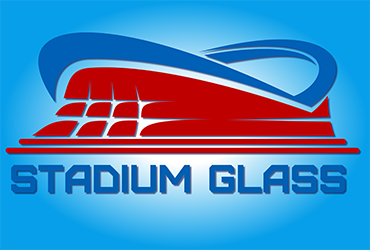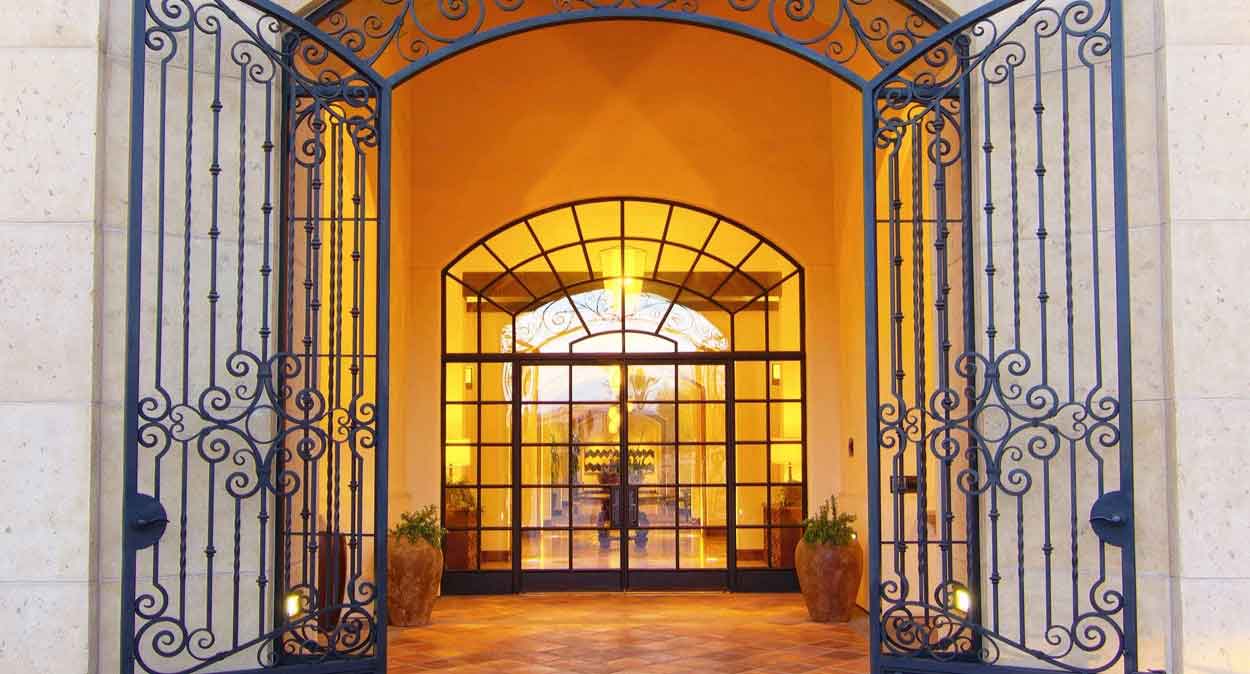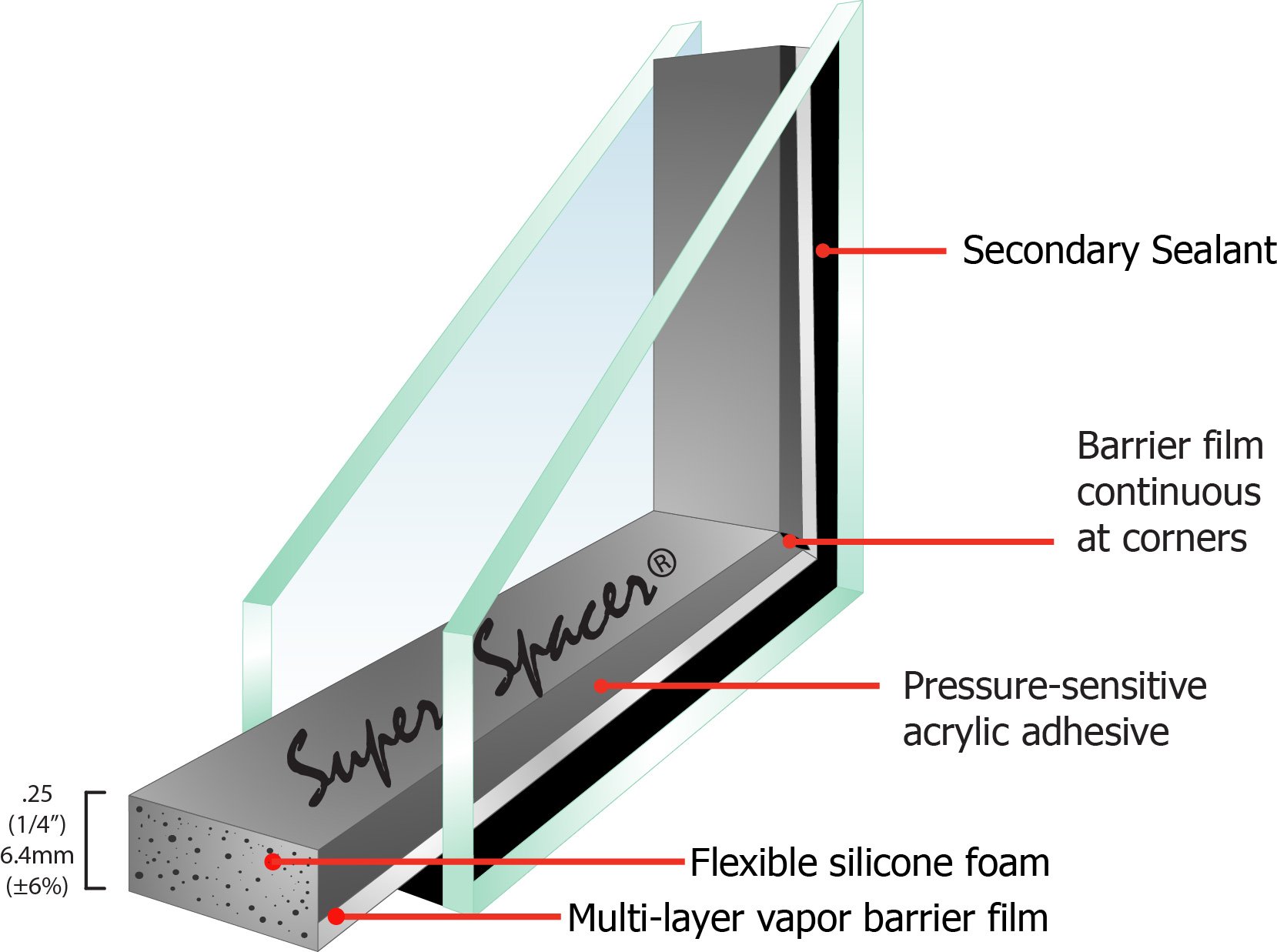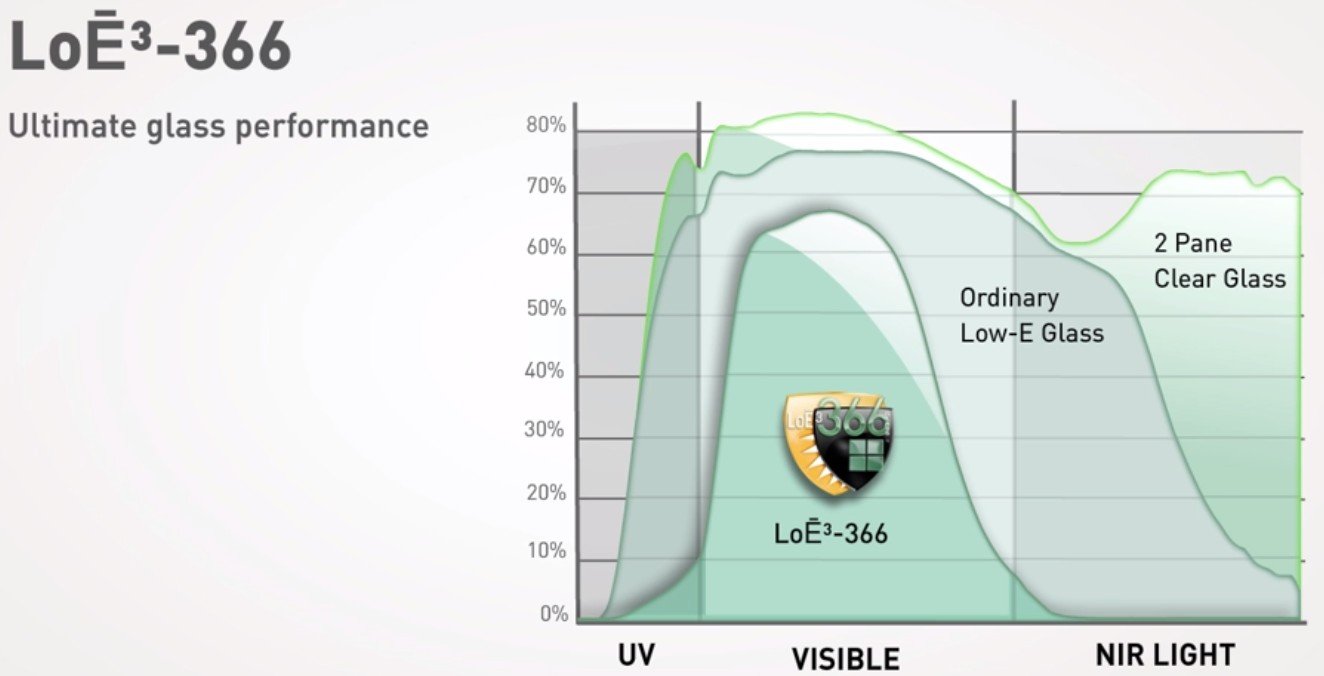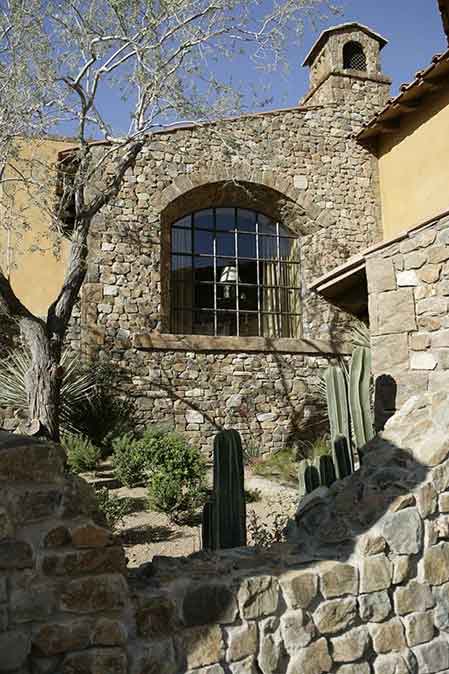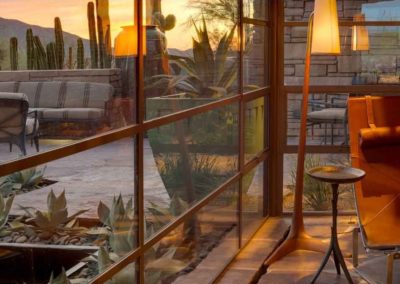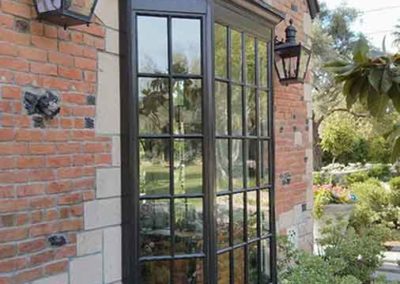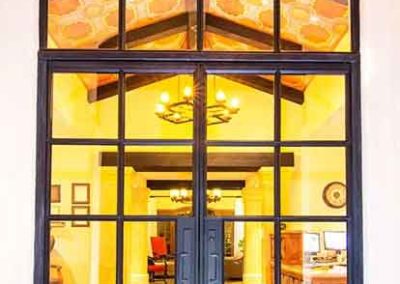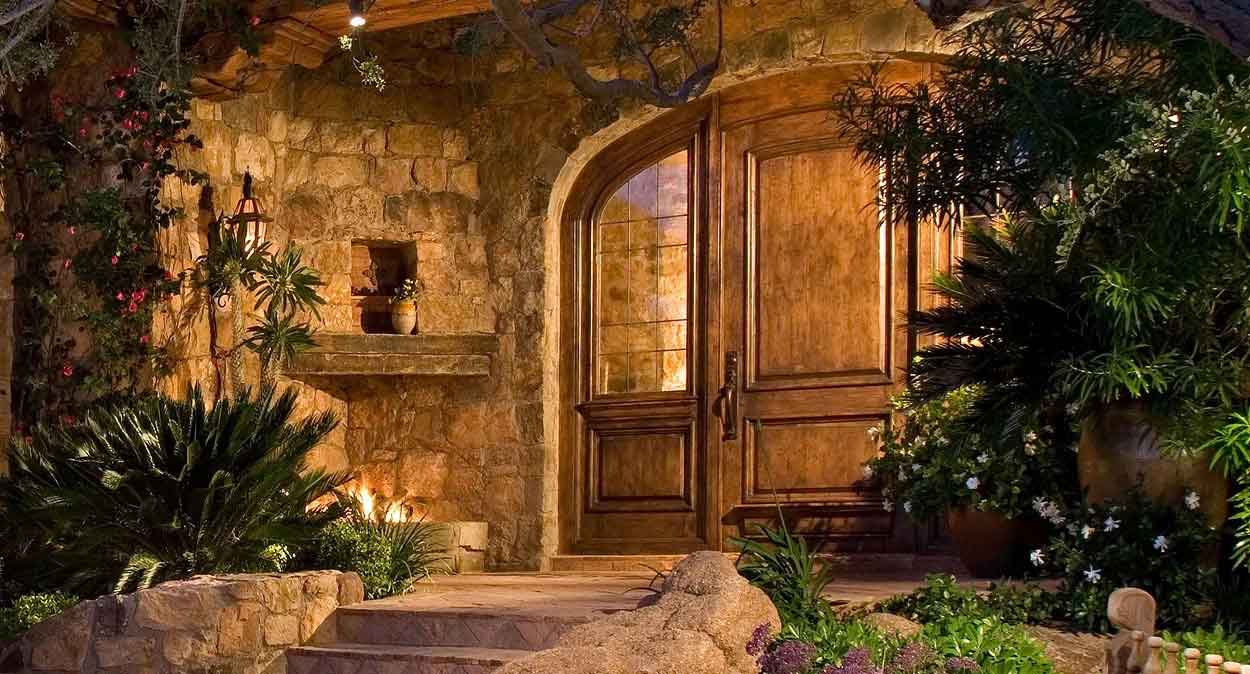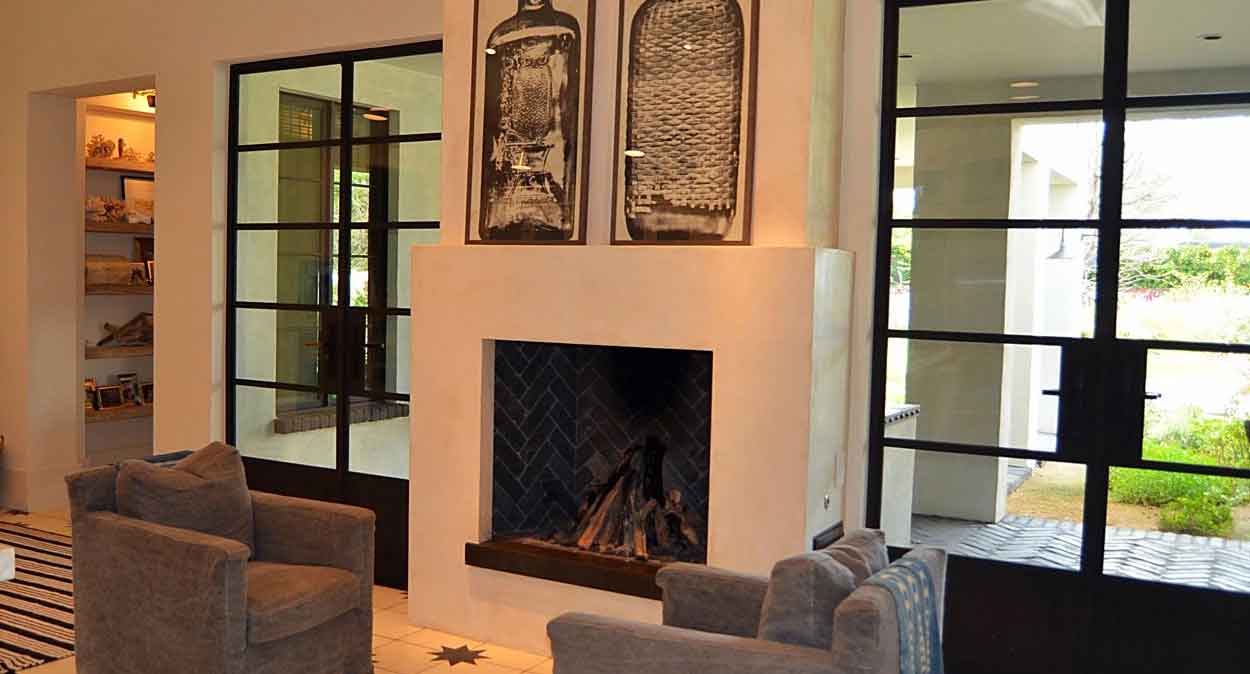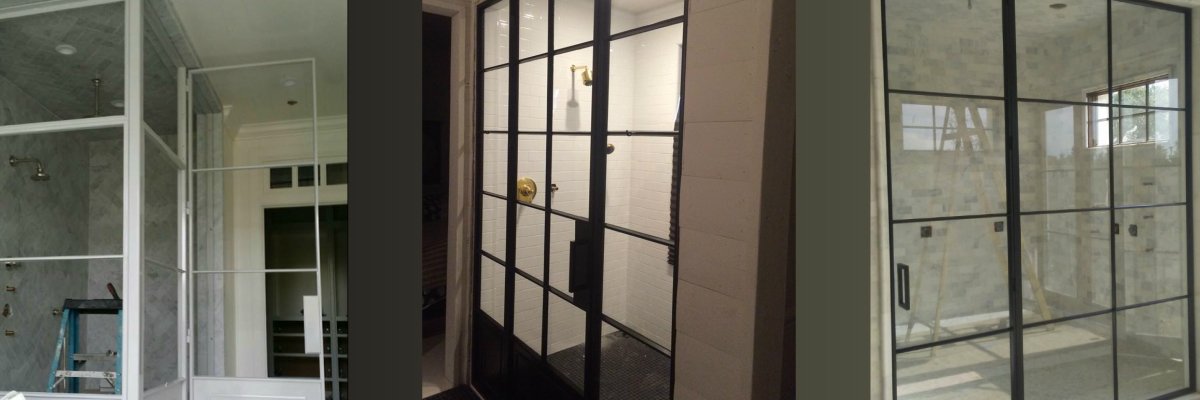Our company has used Stadium Glass as our go to insulated glass provider since we started our business in 2008.
There is no job too Large or Small for this Company. We find all the staff to be very knowledgeable and helpful from Forrest, the owner of the company, to our delivery person.
Any kind of question about an insulated glass unit - if they do not have the answer, they will certainly find it out for you.
10 out of five stars for us.
Our company has used Stadium Glass as our go to insulated glass provider since we started our business in 2008.
There is no job too Large or Small for this Company. We find all the staff to be very knowledgeable and helpful from Forrest, the owner of the company, to our delivery person.
Any kind of question about an insulated glass unit - if they do not have the answer, they will certainly find it out for you.
10 out of five stars for us.
Our company has used Stadium Glass as our go to insulated glass provider since we started our business in 2008.
There is no job too Large or Small for this Company. We find all the staff to be very knowledgeable and helpful from Forrest, the owner of the company, to our delivery person.
Any kind of question about an insulated glass unit - if they do not have the answer, they will certainly find it out for you.
10 out of five stars for us.
